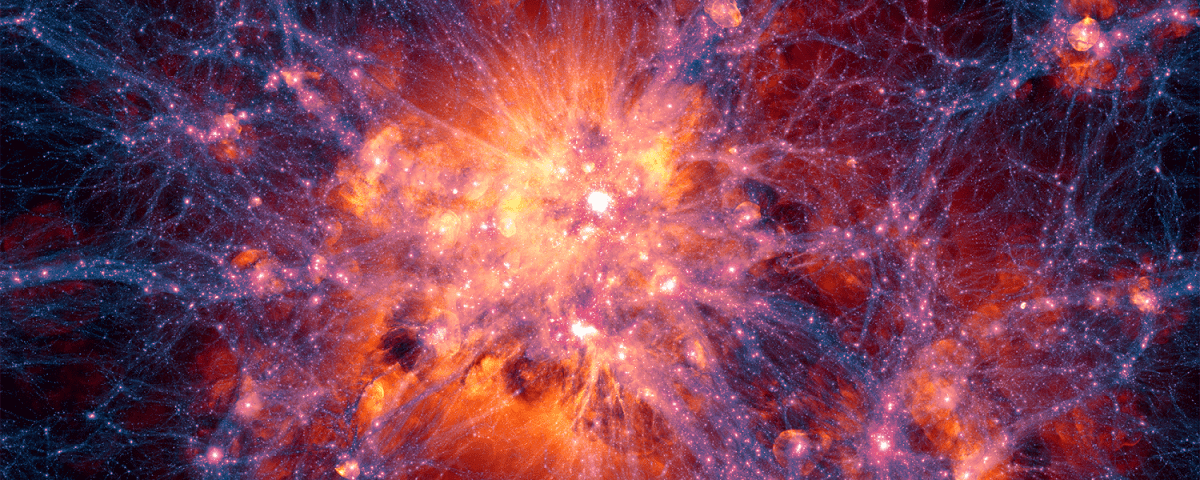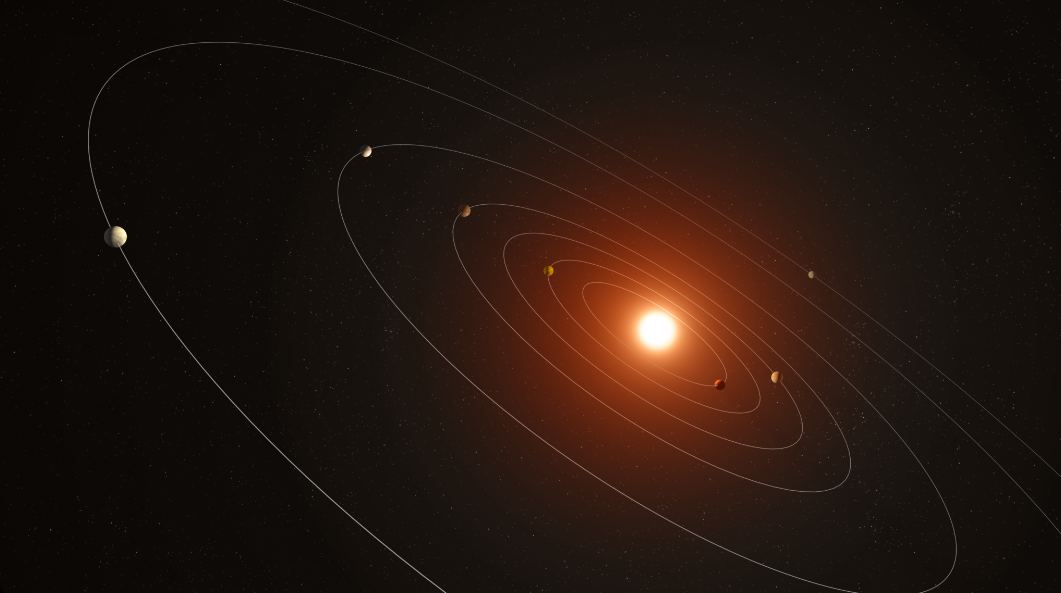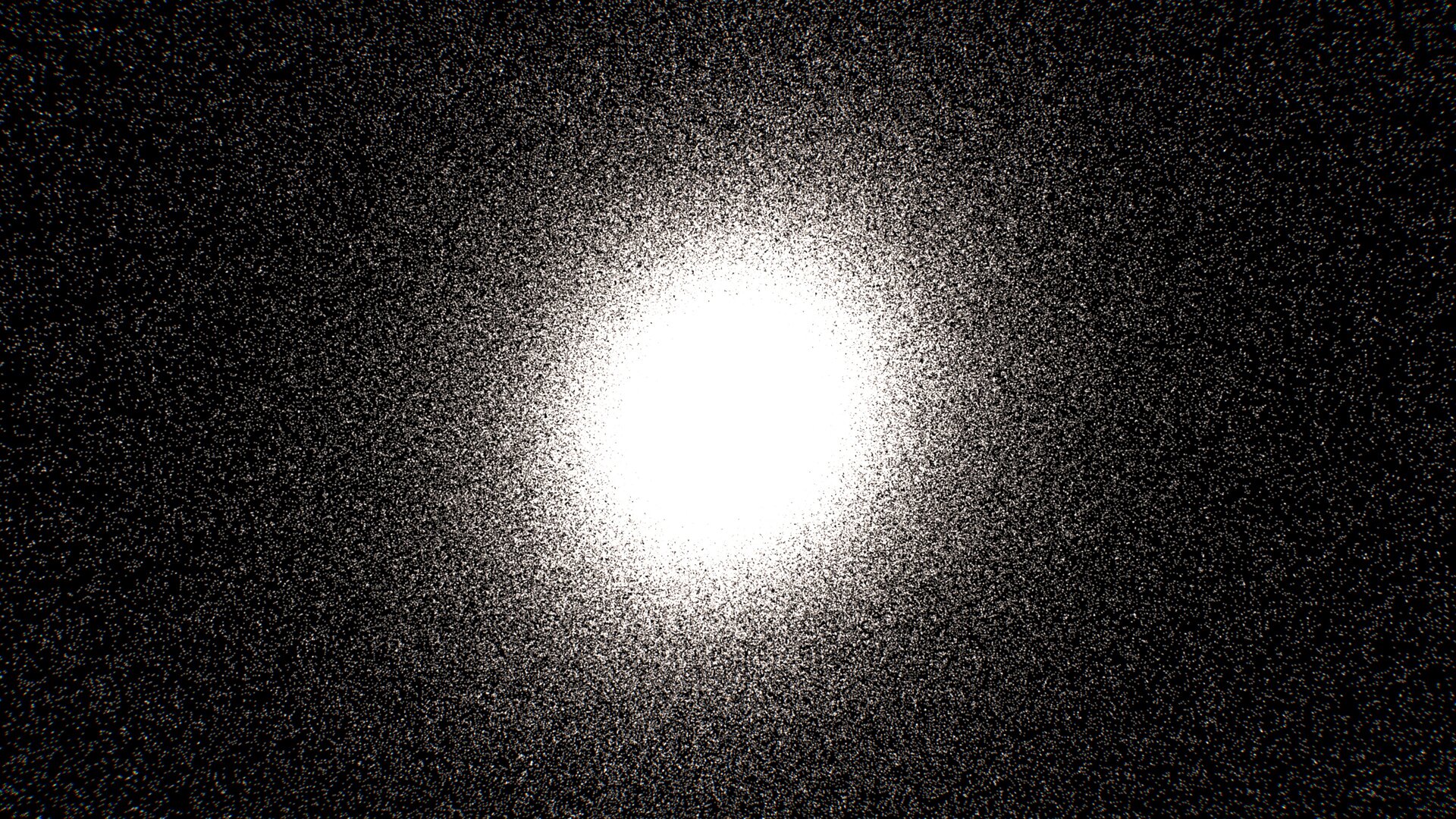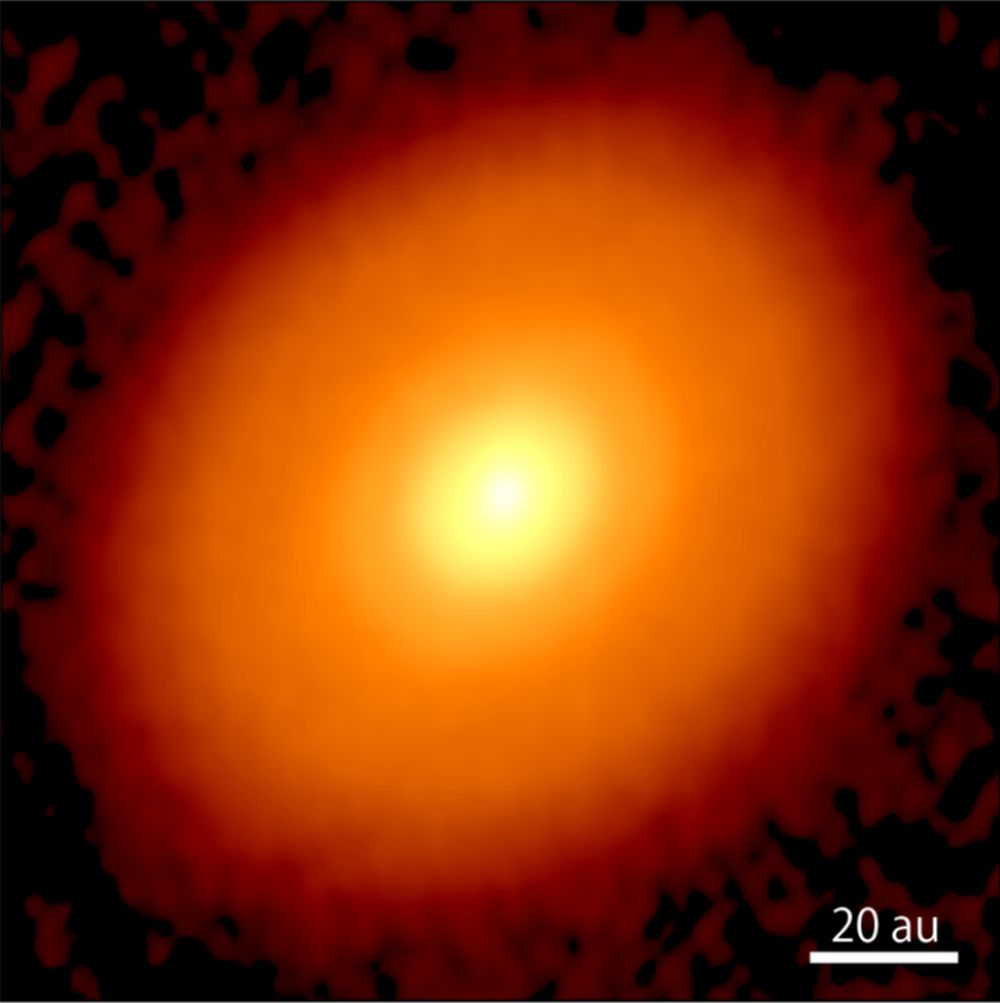Even though the National Science Foundation announced last year that it would not rebuild or replace the iconic Arecibo radio dish in Puerto Rico — which collapsed in 2020 – a glimmer of hope remained among supporters that the remaining astronomy infrastructure would be utilized in some way.
Instead, the NSF announced this week they have chosen four institutions to transition the site from its historic hub of astronomical research to a STEM educational outreach center, with a seeming focus on biology. A biomedical laboratory, Cold Spring Harbor Laboratory in New York along with the University of Maryland, Baltimore County, and the University of Puerto Rico (UPR) and the University of the Sacred Heart, both in San Juan will oversee the new education center.
Continue reading “It’s Official. No More Astronomy at Arecibo”










